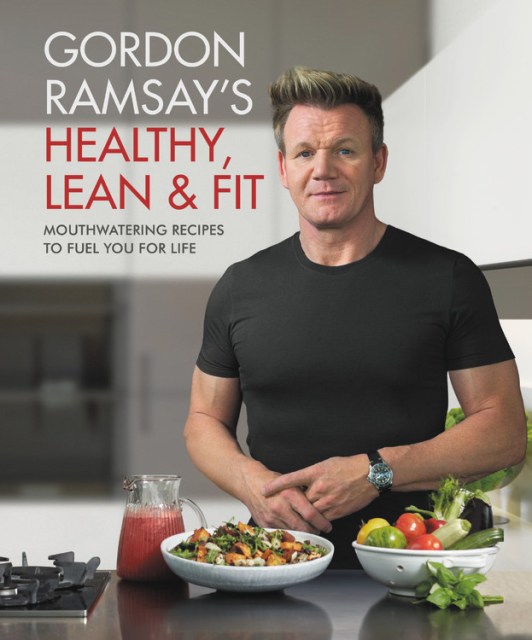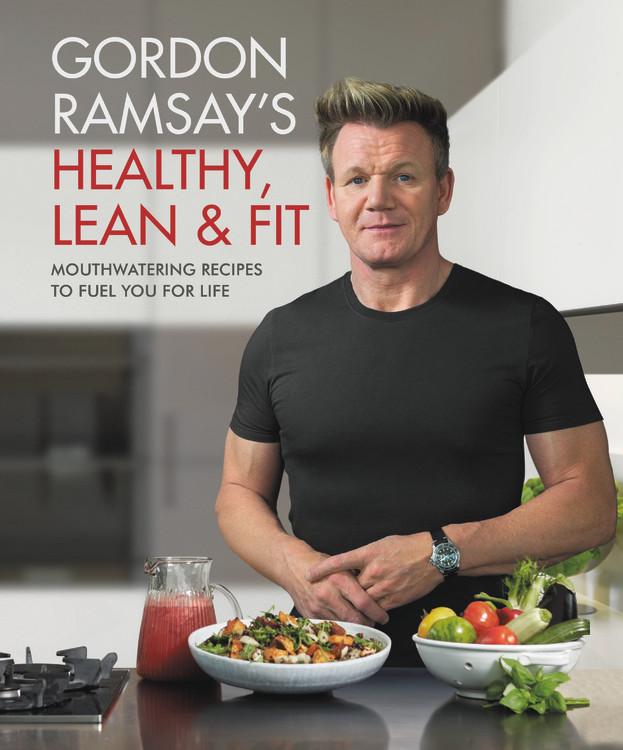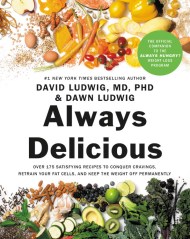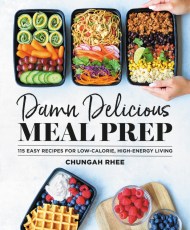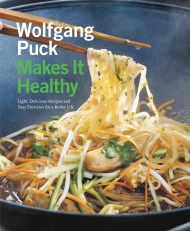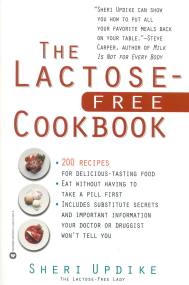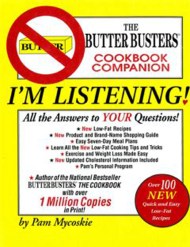Promotion
Use code MOM24 for 20% off site wide + free shipping over $45
Gordon Ramsay's Healthy, Lean & Fit
Mouthwatering Recipes to Fuel You for Life
Contributors
Formats and Prices
Price
$32.00Price
$42.00 CADFormat
Format:
- Hardcover $32.00 $42.00 CAD
- ebook $15.99 $20.99 CAD
This item is a preorder. Your payment method will be charged immediately, and the product is expected to ship on or around September 25, 2018. This date is subject to change due to shipping delays beyond our control.
Also available from:
Gordon Ramsay knows how important it is to eat well, whether you’re training for a marathon or just trying to live healthier. And just because it’s healthy food, doesn’t mean you have to compromise on taste and flavor. As a Michelin-star super-chef who is also a committed athlete, Gordon Ramsay shares his go-to recipes for when he wants to eat well at home.
Healthy, Lean & Fit provides readers with 108 delicious recipes divided into three sections–each one offering breakfasts, lunches, dinners, sides, and snacks–highlighting different health-boosting benefits. The Healthy section consists of nourishing recipes for general well-being; the Lean section encourage healthy weight loss; and the Fit section features recipes to fuel your next workout and post-workout dishes to build continued strength and energy. Whatever your personal goals, these dishes will inspire you to get cooking and improve your own health.
Genre:
- On Sale
- Sep 25, 2018
- Page Count
- 288 pages
- Publisher
- Grand Central Publishing
- ISBN-13
- 9781538714669
Newsletter Signup
By clicking ‘Sign Up,’ I acknowledge that I have read and agree to Hachette Book Group’s Privacy Policy and Terms of Use
